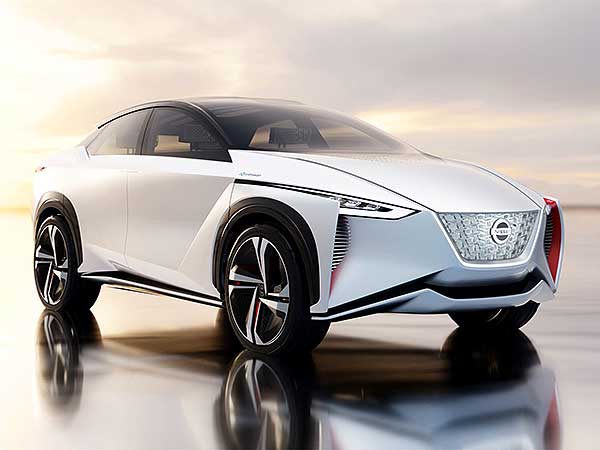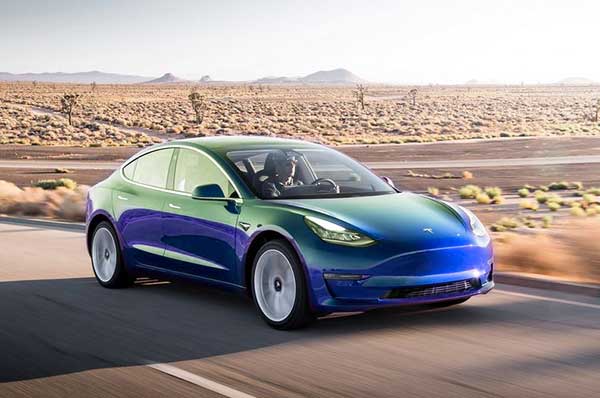With oil reserves becoming depleted and concerns over emissions from fossil fuels, car manufacturers are exploring the various available options. One of the most apparent solutions appears to be in the form of electric vehicles (EVs). EVs produce no toxic emissions when in operation and many of these types of vehicle offer performance levels comparable with conventional cars.
Battery Cells for EVs
Most major car manufacturers are now investing heavily in technology related to EVs, and indeed, this is one of the fastest advancing sectors in business today. EVs have a projected useful life of around a decade so the cells in EVs must have a similar life expectancy. The problem is that cells lose charging capacity after every charging cycle with losses increasing after each charge. It is estimated that batteries in EVs need to retain a minimum of 80% of their capacity after ten years. High precision battery testing equipment is required to establish where even the smallest of improvements can be made to ensure that EVs are a reliable and realistic option in the future.
Potential Problems with EVs
While EVs appear to be the future, especially with advances made by companies such as Tesla, it would be foolish not to recognise that they are still far from the perfect alternative. Vehicles have limited ranges due to the capacity of their batteries with increased cell size comes significant weight increase which affects performance levels.
Charging rates are also a problem with most batteries taking several hours to recharge fully. It effectively means that charging points cannot be installed at service stations as it would be completely impractical. Some companies are exploring the potential of solar cells to be fitted on roofs to charge batteries or methods of recharging cells using kinetic energy.
Another problem is the lack of charging points. Most countries don’t have sufficient charging points available and certainly not in more rural areas. Lack of charging points poses a significant problem and means that presently, they are not a viable option in many countries. It is an area that needs to be addressed at the same time as improving the cells.
Solutions
Extensive research needs to be conducted into battery performance. The cars are making impressive headway except for their range which is typically only around 240km as with the Tesla Model 3. Discharge testing equipment can undoubtedly play an essential role in establishing where the charge is lost, but the biggest issue is addressing these findings with practical solutions.
Undoubtedly, EVs needs to have a way of recharging their cells when in use or at least help to retain some capacity to extend ranges. Charging times also need to be addressed with improved chargers or using alternative forms of a battery as while lithium-ion has many positives, charging times are a downside.
Installing more charging points around the world is undoubtedly necessary, although it is unlikely to be popular until charging times are addressed. Charging points in outlying areas need to be easily assessable, but they also need to be economically viable. Car manufacturers may need to subsidise this initially due to lack of demand.
Alternatives to EVs
There are, of course, alternatives to EVs with the most commercially viable appearing to be biofuel vehicles of Fuel Cell Electric Vehicles (FCEVs). Biofuel is typically ethanol or biodiesel and is derived from biomass (organic waste). The theory is that this form of fuel is carbon neutral and emissions are cancelled out by the plants converting carbon dioxide and solar energy using photosynthesis. Fuelling stations are becoming more common, so this is an added attraction.
FCEVs run on oxygen from the outside air, which is compressed with hydrogen to generate electricity. The only bioproducts produced are heat and water, meaning that they are environmentally friendly. Car manufacturers such as Hyundai and Honda are exploring this avenue in greater depth. The huge advantage of these vehicles is that they can be refuelled in between three and five minutes and have a range of approximately 500km. The lack of hydrogen refuelling stations is the most significant restriction at present but would appear relatively easy to address.
Leave a Reply
You must be logged in to post a comment.

